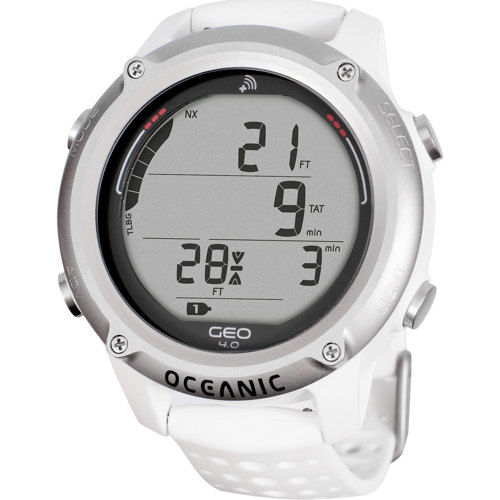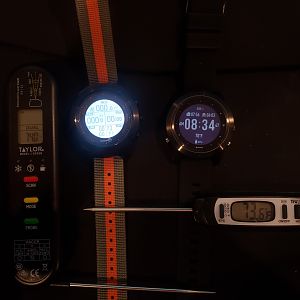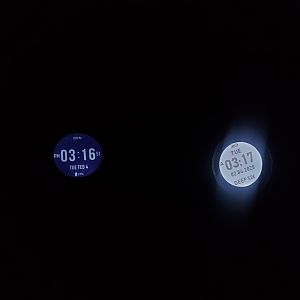SaltyCracker
Contributor
That's fine. I'm not looking to debate it at all. I don't know enough to do so anyway. I'm just curious what the basic opinion is. Is the RGBM algorithm out of date and inaccurate?it's a commonly held belief here. Whether it's true or not is up for debate (or "personal opinion" as you put it), but a main reason people recommend shearwater and the deep 6 computer is that the algorithm is well known, understood, and open source.
So it's the ZHL-16C algorithm that is recommended then? It looks like two on my list would satisfy that wish if it was important. I wonder how much it is though for people that do conservative non-decompression diving.







